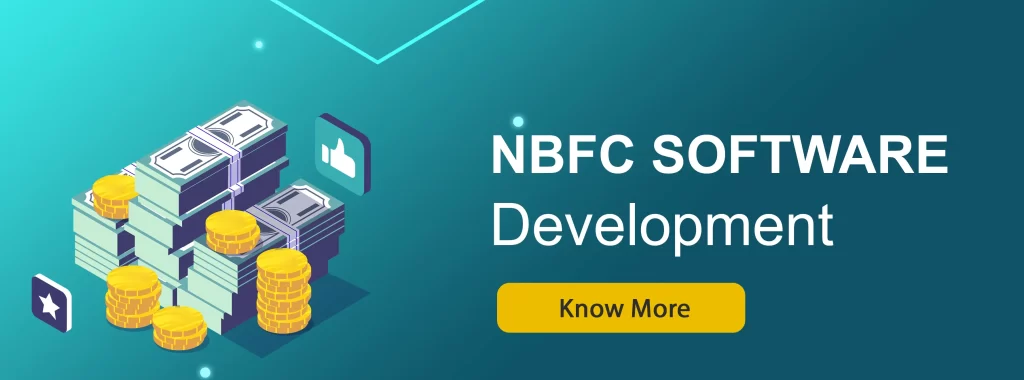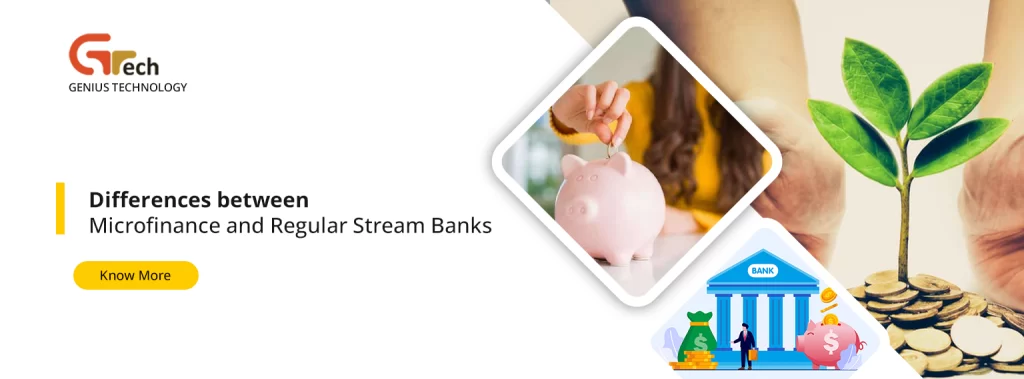Microfinance has become a buzzword these days. What exactly does it mean? And why should you care?
Well, microfinance is a financial service that provides low-interest loans to poor communities around the globe by bridging the gap between the official financial institutions and the country’s rural population. The idea behind microfinance is simple: provide access to capital to those who don’t have it. These loans are typically given at very low-interest rates, allowing borrowers to start their own businesses and improve their living standards.
Microfinance has become a significant part of the global development agenda over the last decade. In 2000, only $1.5 billion was invested in microfinance institutions (MFIs). By 2015, that number had grown to $3.2 trillion.
The smart banking features offered by microfinance software allow individuals to focus on other business-related activities. Microfinance is becoming a tremendously profitable industry because Microfinance Institutions (MFIs) have access to financial resources and a large number of unbanked individuals with no prior credit history.
What Are The Key Features of Microfinance Software?
The features of microfinance software vary depending on its intended purpose. However, some of the key features are mentioned below;
- Seamless regulatory regulations with mobile banking facility
- User-friendly interface, step-by-step instructions, and robust reporting capabilities to enhance multichannel banking solutions
- Simplifies the complex loan process and guarantees that all client data has been appropriately recorded
- Automate the loan life cycle and provide time-resolved analysis on custom dashboards.
- Leverages data compression technologies to minimise accessibility difficulties and provide the most storage possible
- A safe loan management system with an integrated reporting structure, accounting module, and thorough reporting
- Improved operational efficiency through real-time accounting and cash management
Benefits of Microfinance
Microfinance software is a tool that helps people access financial services at their fingertips. These tools allow users to apply for loans, pay bills, transfer money, deposit funds and manage accounts. There are many different types of microfinance software, each with its own set of features and benefits. Here we’ll take a look at some of the top reasons to use microfinance software.
- Accessibility – The first advantage of using microfinance software is accessibility. Many people have trouble accessing traditional banking systems due to language barriers, lack of internet access, or simply not having enough time to go to a bank. Microfinance software makes these services accessible to everyone.
- Low-Cost – Another benefit of microfinance software is a reasonable price. Most microfinance software companies offer free trials, making them affordable options for those who need help managing finances.
- Flexible – Microfinance software offers users to choose how they want to interact with the system. Thus providing maximum flexibility. Some may prefer to log in once a week while others may only log in daily. Regardless of preference, microfinance software provides a flexible solution.
- Security – Security is always been a concern when we start to deal with personal information. However, microfinance software takes security seriously by encrypting all transactions.
- User Friendly – Finally, microfinance software is user-friendly. No matter what type of experience level a person has, they can easily navigate the system.
Microfinance software companies have grown significantly over the past several years and have contributed considerably to the cause of financial inclusion. These organisations are the only ones capable of addressing the current cash shortage faced by low-income residents of suburban and rural areas who don’t have access to banks directly.



